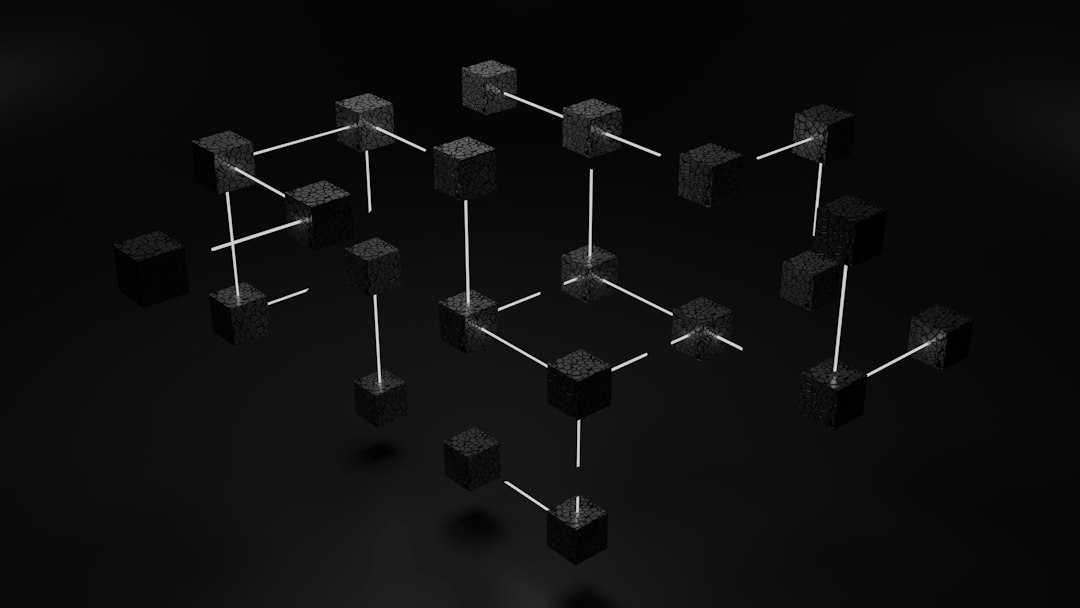Decentralized Physical Infrastructure Networks (DePINs) Revolutionize Traditional Infrastructure Models
According to Kuleen Nimkar, the lead of Solana Foundation’s DePIN project, DePINs are transforming traditional infrastructure models and offering opportunities similar to the gig economy. While people currently earn extra income by driving for Uber or delivering for DoorDash, they can also generate additional income by contributing hardware to DePIN protocols. Moreover, early contributors to DePIN networks can earn significant income by supporting the network in its early stages and receiving tokens that appreciate in value as the network grows.
Hivemapper, Render, and Helium: Examples of Solana DePIN Projects
Nimkar highlighted several Solana DePIN projects as examples, including Hivemapper, Render, and Helium. These projects incentivize contributors to help build network growth and reduce upfront investment costs compared to traditional infrastructure models. For instance, Hivemapper offers tokens to drivers who install a dashcam and collect mapping data while driving. Render allows individuals with excess GPU power to connect their hardware to the protocol and earn by providing computing power for customer use cases like machine learning training. Helium enables distributed node runners to generate revenue by hosting dedicated hotspots that provide mobile connectivity.
Payment with Tokens and Solana’s Role as the “Default” DePIN Network
Organizations can pay for services provided by DePIN projects using their respective tokens. However, Nimkar suggests that as these platforms mature, stablecoins may become the preferred payment method while protocol tokens focus more on governance. Nimkar believes that Solana has become the “default choice” for decentralized physical infrastructure projects due to its low transaction cost, high throughput speed, scalability, and existing DePIN ecosystem.
Solana’s Decentralization Journey and the Launch of Firedancer
Nimkar addresses concerns about Solana’s centralization by highlighting its approximately 2,000 globally distributed validator nodes and Nakamoto Coefficient, which measures network security. Nimkar also mentions an incident where a German data center operator blocked Solana activity, causing some validators to temporarily go offline. However, due to the decentralized nature of the remaining validators across other infrastructure providers, the network continued to operate smoothly. Additionally, Nimkar expresses excitement about the launch of Jump Crypto’s validator client, Firedancer, which will provide network redundancy and enhance Solana’s decentralization efforts.
Hot Take: Solana’s DePINs Revolutionize Infrastructure Models and Drive Income Opportunities
Solana’s DePINs are reshaping traditional infrastructure models by offering income opportunities through hardware contributions. Early supporters of DePIN networks can earn significant income as the networks grow. Projects like Hivemapper, Render, and Helium incentivize contributors and reduce upfront investment costs. Payment with tokens is common but may shift towards stablecoins as platforms mature. Solana has become the default choice for DePIN projects due to its low transaction cost and existing ecosystem. Despite occasional downtime concerns, Solana has achieved decentralization through globally distributed validator nodes. The launch of Firedancer further enhances Solana’s decentralization efforts.





 By
By
 By
By



 By
By